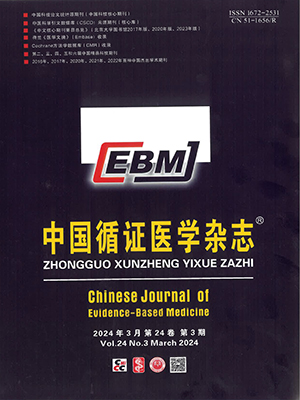Objective To assess the benefits and harms of traditional Chinese medicine in the treatment of postmenopausal osteoporosis.
Methods We electronically searched MEDLINE (1966-2003), EMBASE (1974-2003), Controlled Trials Register and The National Research Register, The Cochrane Library Issue 4, 2003, CBM disc, VIP, CNKI, and CMCC. We also handsearched some related journals. The search was conducted in Nov., 2003. The quality of included randomized controlled trials was evaluated and meta-analysis was conducted by RevMan 4.2.2.
Results We identified 33 studies including 2 337 patients and 27 traditional Chinese medicines. Some traditional Chinese medicines alone or integrated Chinese and Western medicine may be effective for improving patients’ bone mineral density, serum oestradiol and serum calcium. For example, Compared with placebo, Bushen Yigu soft extraction with WMD 0.76, 95% confidence interval 0.65 to 0.87, Bushen Qianggu capsule with WMD 39.94, 95% confidence interval 35.12 to 44.76 were effective for improving the level of serum oestradiol.There were no confirmed results of the other traditional Chinese medicines because of the small number of studies or inconsistent conclusions among studies. We didn’t find obvious side effects.
Conclusions Some traditional Chinese medicines may be effective for treating postmenopausal osteoporosis. Due to the limited evidence identified, we can not draw a firm conclusion. More randomised controlled trials of high quality are needed for ber evidence.
Citation: XIE Yan ming,ZHU Yun yin,WU Tai xiang. Effects and Safety of Traditional Chinese Medicine for Treating Postmenopausal Osteoporosis: A Systematic Review. Chinese Journal of Evidence-Based Medicine, 2005, 05(1): 29-41. doi: Copy




